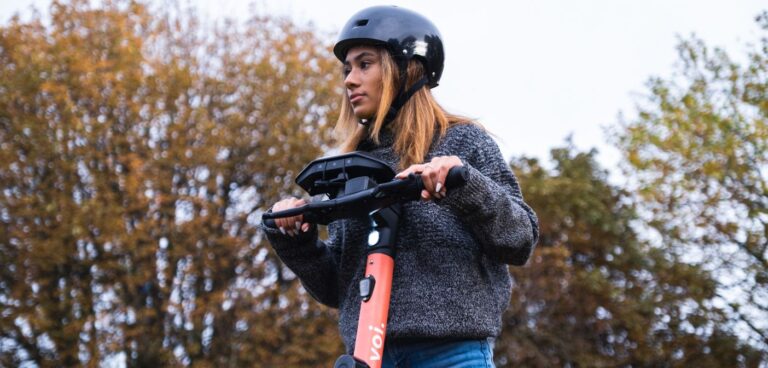Swedish micromobility operator Voi has partnered with technology start-up Luna to add AI and computer vision to e-scooters for real-time pedestrian detection.
The technology, reportedly the first of its kind, relies on camera sensors and AI algorithms to sense its environment and reduce its speed in heavily pedestrianised areas. It also provides e-scooters with surface detection features, making them able to respond when in bike lanes, on pavements or roads.
Luna will also provide Voi with precise positioning technology so that its e-scooters can be parked with centimetre-level accuracy in designated areas. Voi said this would help eradicate street clutter that endangers vulnerable people.
Fredrik Hjelm, CEO of Voi Technology, said: “We are embracing pioneering technology like this so that we can help shape cities for living, and to ensure that municipal authorities feel confident in including e-scooters as part of their smart city strategies.
“We are very proud to be the first e-scooter operator to incorporate the computer vision technology for the benefit of our riders, pedestrians and authorities.”
The system will be trialled on Voi e-scooters in Northampton, where Voi’s operations team will use Luna’s technology to enable the e-scooters to learn its environment before introducing it for public use.
Andrew Fleury, Luna CEO, said: “With this trial, we look forward in particular to exploring how computer vision equipped e-scooters can improve the experience for riders, pedestrians, vulnerable road users, the Voi operations team, as well as local authorities themselves. The onus to date has been on pedestrians to detect, avoid and navigate around scooters.”





